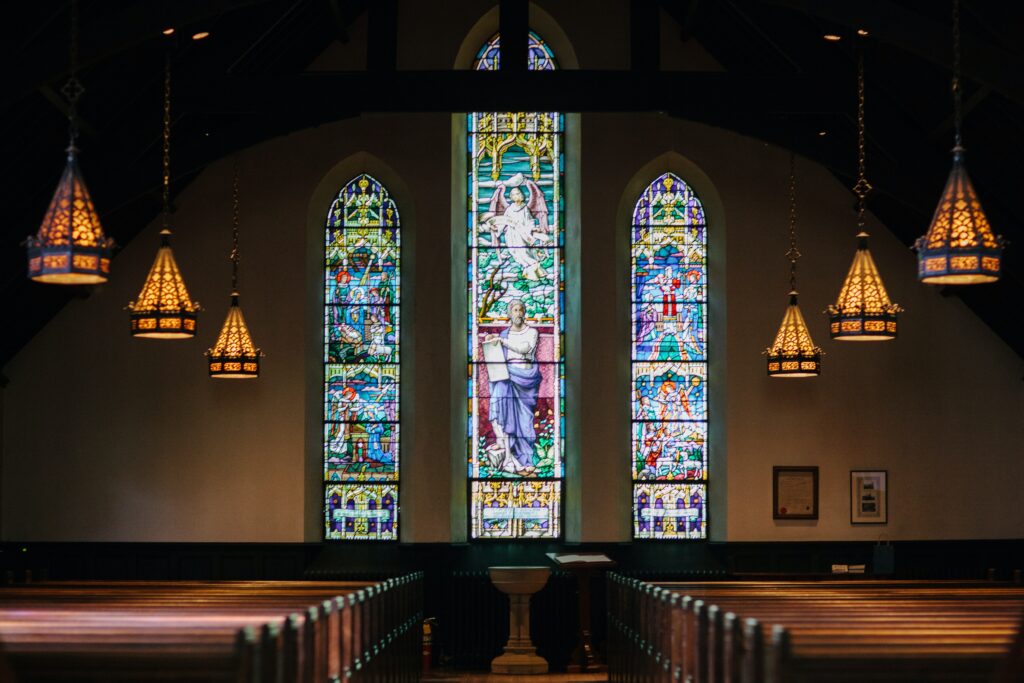Comorbidities. Preexisting conditions. These words rank up there with unprecedented in a competition for word of year in 2020. Prior to March of 2020, few of us ever used the word unprecedented, we didn’t speak of preexisting conditions, and we may not have even known what a comorbidity was.
But, that was time before COVID. Now, we are all understanding better than ever before that obesity, diabetes, and COPD (among many others) are no just inconveniences. They are actually health conditions that can predispose us to greater complications from other diseases and infections like COVID-19 or the flu.
COVID-19 is, of course, a worldwide pandemic. For most people it causes mild symptoms akin to a common cold. But, for those people with preexisting conditions, COVID can sometimes be the straw that breaks the camel’s back.
All by itself, COVID is rarely serious, but coupled with other health complications, COVID can be deadly. As much as anything else, COVID has served to reveal the underlying health concerns of millions of people across the world. On the outside, they may appear to be fairly healthy, but the underlying conditions in their lives make them especially susceptible to the perils of COVID-19.
It turns out COVID-19 has served to reveal that many institutions had underlying conditions that have made them especially susceptible to interruptions from the outside.
In the church, this is especially true. The COVID-19 pandemic and its interruptions to the regular rhythms of church life in the United States have revealed that some churches were healthier than they anticipated and were well-situated to weather the storm of COVID-19. On the other hand, the pandemic has revealed that many churches had underlying health conditions that made them especially susceptible to COVID.
The unhealthy preexisting conditions for churches include overwhelming debt, bloated staffs, low engagement with small groups, and a consumer mindset. These preexisting conditions were hidden by strong attendance and giving. But, when our culture experienced the curveball of coronavirus, the preexisting conditions have created a perfect storm for many churches. As churches see their attendance and giving contract, they discover that underneath the veneer of health, the church skeleton was weak.
Conversely, some churches that have been viewed as “unhealthy,” perhaps because of their size, have thrived through COVID. Many of these smaller churches are made up of congregants who view their church as essential and who have real relationships with many members within the congregation. These churches aren’t large, but they are making an impact in their community and among their members. In these churches, members do not just attend, they belong.
COVID-19 should be causing all of us to question what a healthy church is. Gone are the days of assessing church health by the number of pew seats filled and budgets met. 2020 has introduced us to a new era where we will judge church health, not by size, but by engagement among the members, engagement with God’s word, and engagement in the world beyond the walls of the church. This may turn out to be a blessing rather than a curse.
Photo by Karl Fredrickson on Unsplash
[mc4wp_form id=”4144″]


Pingback: A La Carte (November 25) | Tim Challies – ChriSoNet.Com
Pingback: Church Comorbidities – CraigThompson.org – Reformed faith salsa style
Excellent. Heartening to see that someone has also grasped the joy and the strength of the small congregation.